1. Jang YJ. Rhinoseptoplasty. 2nd ed. Seoul: Koonja;2013. p. 115.
2. Jones N. The nose and paranasal sinuses physiology and anatomy. Adv Drug Deliv Rev. 2001; 51(1-3):5–19.

3. Neves JC, Zholtikov V, Cakir B, Coşkun E, Arancibia-Tagle D. Rhinoplasty dissection planes (subcutaneous, sub-SMAS, supra-perichondral, and sub-perichondral) and soft tissues management. Facial Plast Surg. 2021; 37(1):2–11.

4. Jin HR. Korean rhinoplasty: surgical techniques and case illustration. 1st ed. Seoul: Ilchogak;2013. p. 72.
5. Jeong J, Terence G, Kim J. Understanding the anatomy of the transverse nasalis aponeurotic fibers and its importance in Asian rhinoplasty. Ann Plast Surg. 2018; 81(5):516–22.

6. Rohrich RJ, Dauwe PB, Pulikkottil BJ, Pezeshk RA. The importance of the anterior septal angle in the open dorsal approach to rhinoplasty. Plast Reconstr Surg. 2017; 139(3):604–12.

7. Kim JS, Khan NA, Song HM, Jang YJ. Intraoperative measurements of harvestable septal cartilage in rhinoplasty. Ann Plast Surg. 2010; 65(6):519–23.

8. Locketz GD, Lozada KN, Becker DG. Osteotomies-when, why, and how? Facial Plast Surg. 2020; 36(1):57–65.

9. Gerecci D, Perkins SW. The use of spreader grafts or spreader flaps-or not-in hump reduction rhinoplasty. Facial Plast Surg. 2019; 35(5):467–75.

10. Pereira Nunes D, Tinoco C, Oliveira E Carmo D, Paço J. Intermediate osteotomies in rhinoplasty: a new perspective. Eur Arch Otorhinolaryngol. 2017; 274(7):2953–8.

11. Farrior RT. The osteotomy in rhinoplasty. Laryngoscope. 1978; 88(9 Pt 1):1449–59.

12. Jang YJ, Wang JH, Sinha V, Lee BJ. Percutaneous root osteotomy for correction of the deviated nose. Am J Rhinol. 2007; 21(4):515–9.

13. VanKoevering KK, Rosko AJ, Moyer JS. Osteotomies demystified. Facial Plast Surg Clin North Am. 2017; 25(2):201–10.

14. Jang TY, Choi YS, Jung YG, Kim KT, Kim KS, Choi JS. Effect of nasal tip surgery on asian noses using the transdomal suture technique. Aesthetic Plast Surg. 2007; 31(2):174–8.

15. Guyuron B. Dynamics in rhinoplasty. Plast Reconstr Surg. 2000; 105(6):2257–9.

16. Pasinato R, Mocelin M, Berger CA. Nose tip refinement using interdomal suture in caucasian nose. Int Arch Otorhinolaryngol. 2012; 16(3):391–5.

17. Jin HR, Won TB. Nasal tip augmentation in Asians using autogenous cartilage. Otolaryngol Head Neck Surg. 2009; 140(4):526–30.

18. Jang YJ, Kim SH. Tip Grafting for the Asian nose. Facial Plast Surg Clin North Am. 2018; 26(3):343–56.

19. Jang YJ, Min JY, Lau BC. A multilayer cartilaginous tip-grafting technique for improved nasal tip refinement in Asian rhinoplasty. Otolaryngol Head Neck Surg. 2011; 145(2):217–22.

20. Johnson JB. Spreader-graft fixation. Plast Reconstr Surg. 1989; 84(3):540–1.

21. Cingi C, Bayar Muluk N, Winkler A, Thomas JR. Nasal tip grafts. J Craniofac Surg. 2018; 29(7):1914–21.

22. Kim JH, Song JW, Park SW, Oh WS, Lee JH. Effective septal extension graft for asian rhinoplasty. Arch Plast Surg. 2014; 41(1):3–11.

23. Na HG, Jang YJ. Dorsal augmentation using alloplastic implants. Facial Plast Surg. 2017; 33(2):189–94.

24. Kim IS. Augmentation rhinoplasty using silicone implants. Facial Plast Surg Clin North Am. 2018; 26(3):285–93.

25. Ledo TO, Ramos HHA, Buba CM, Webster G, de Lima JT Jr, de Paiva DL, et al. Outcome of free diced cartilage grafts in rhinoplasty: a systematic review. Facial Plast Surg. 2021; 37(1):117–21.

26. Tasman AJ. Dorsal augmentation-diced cartilage techniques: the diced cartilage glue graft. Facial Plast Surg. 2017; 33(2):179–88.

27. Kim DH, Yun WS, Shim JH, Park KH, Choi D, Park MI, et al. Clinical application of 3-dimensional printing technology for patients with nasal septal deformities: a multicenter study. JAMA Otolaryngol Head Neck Surg. 2018; 144(12):1145–52.

28. Kim SH, Choi JY. Surgical outcomes and complications of septal extension graft supported by 3D printed polycaprolactone plate. Laryngoscope. 2020; 130(7):1680–5.

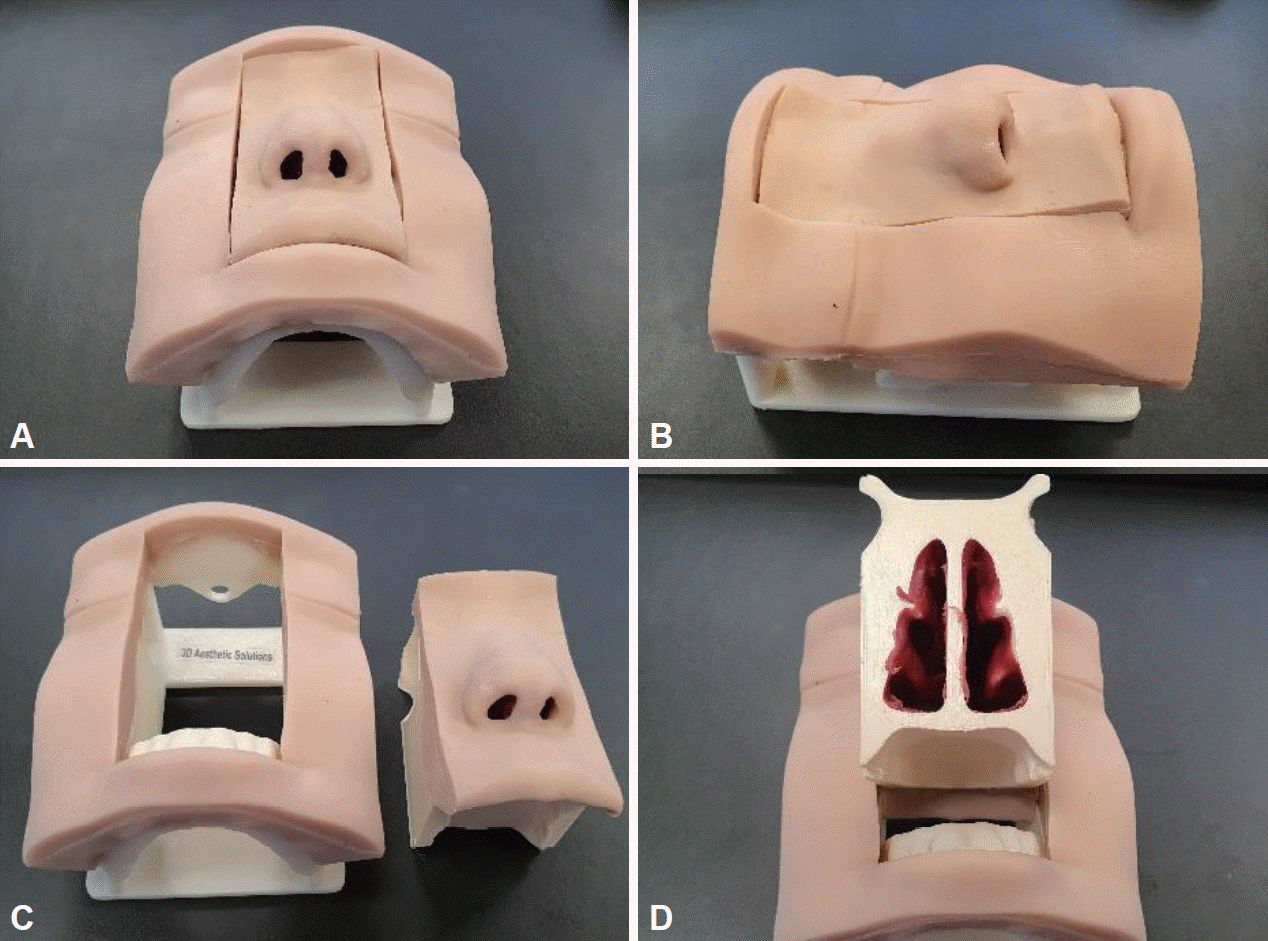
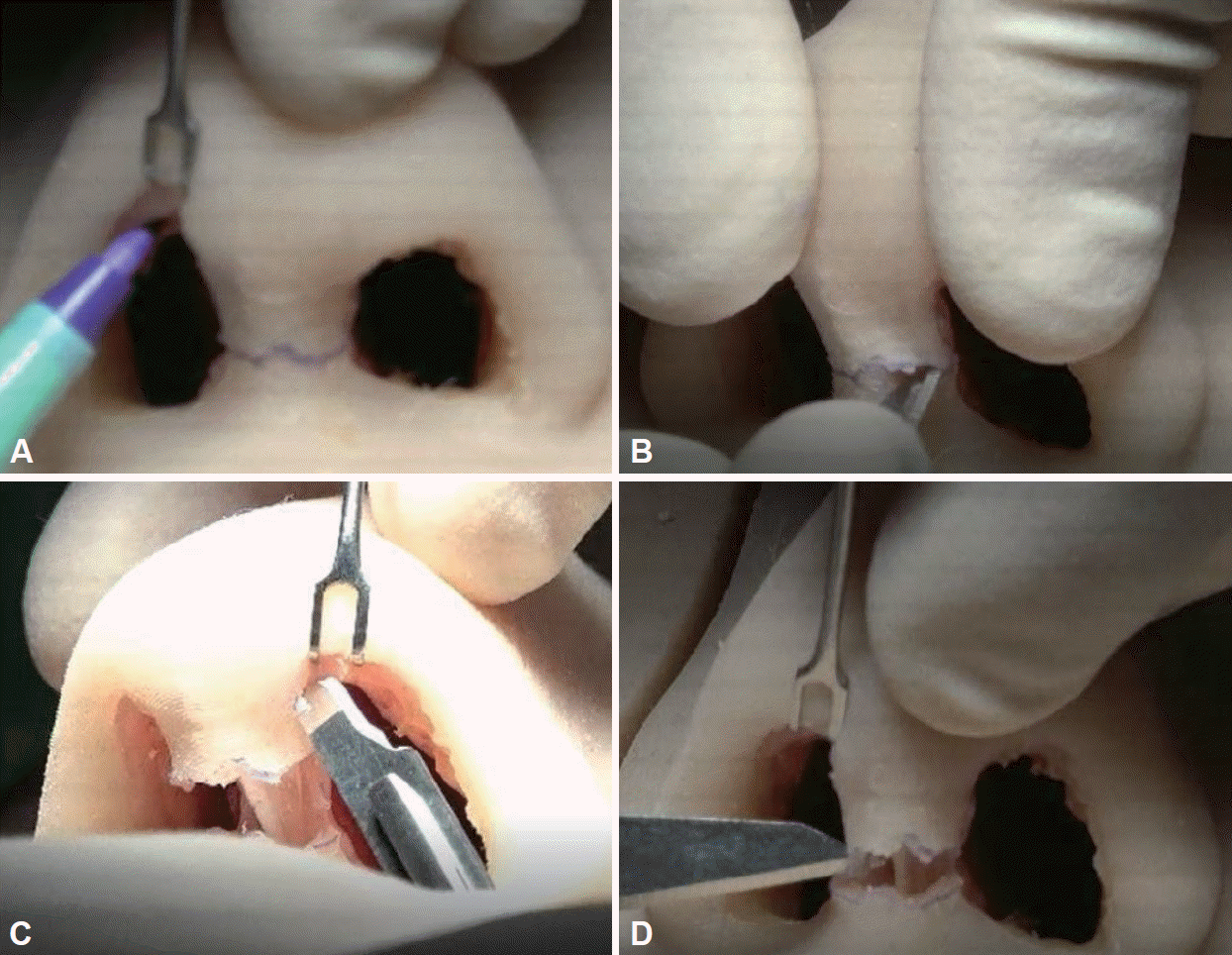
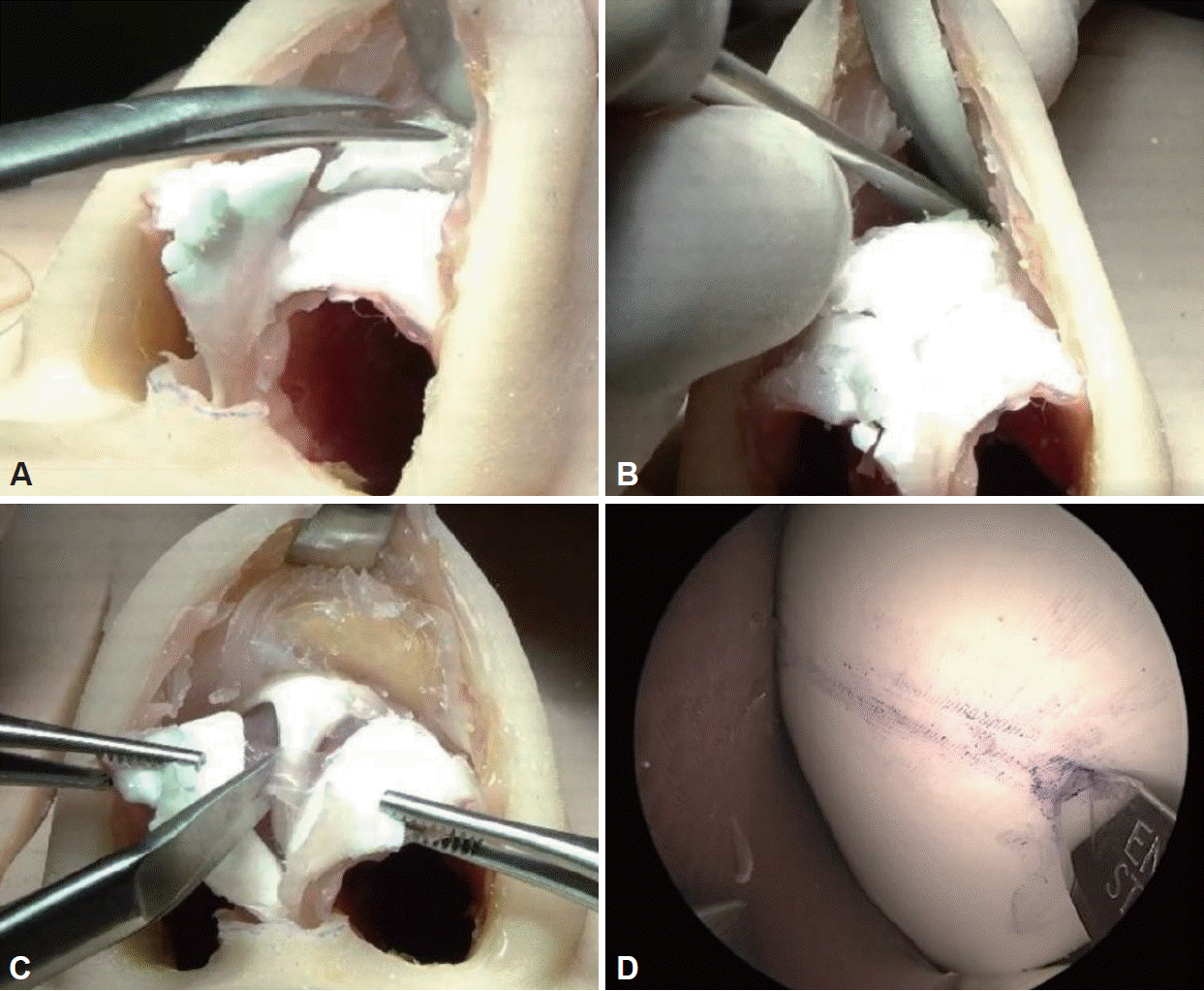
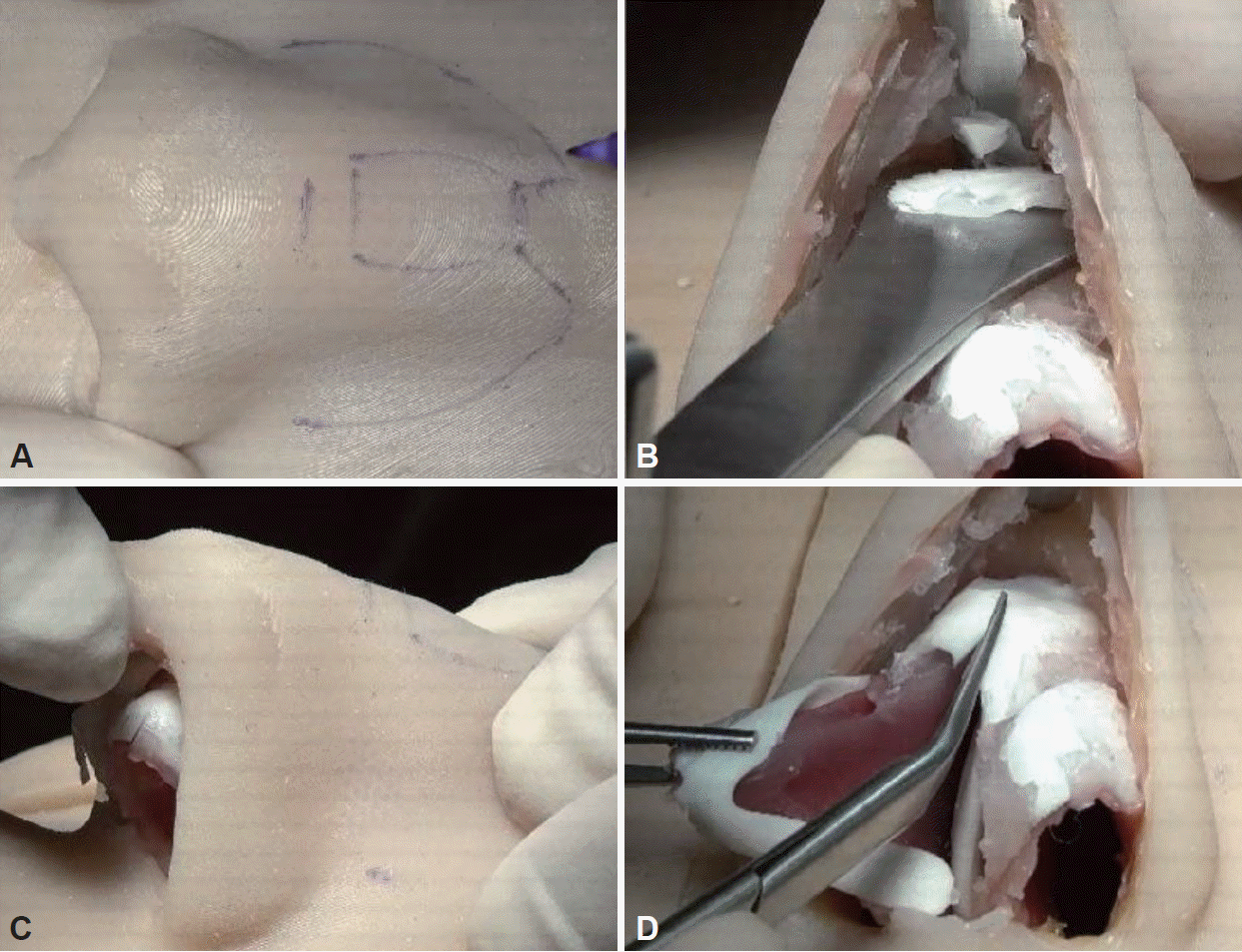
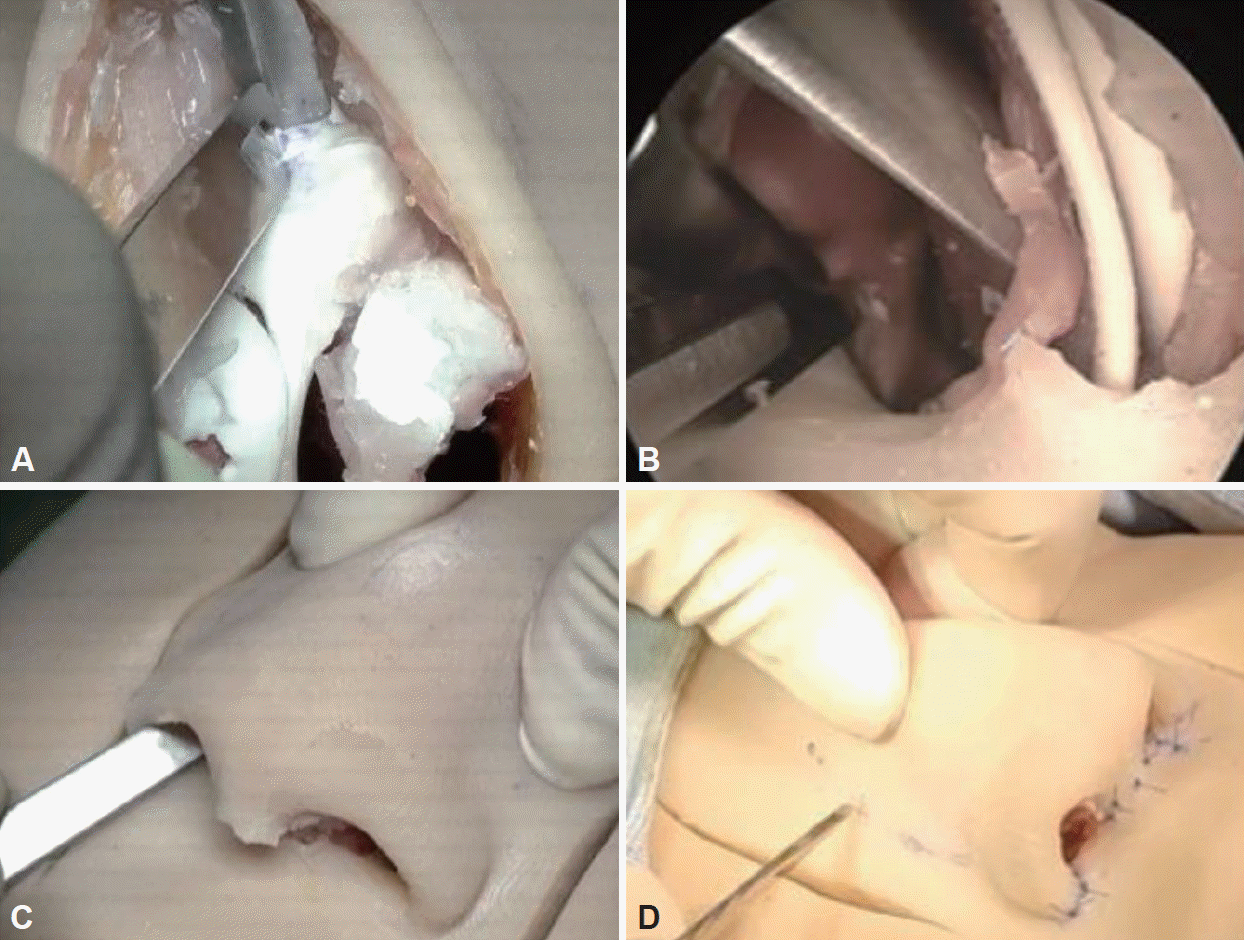
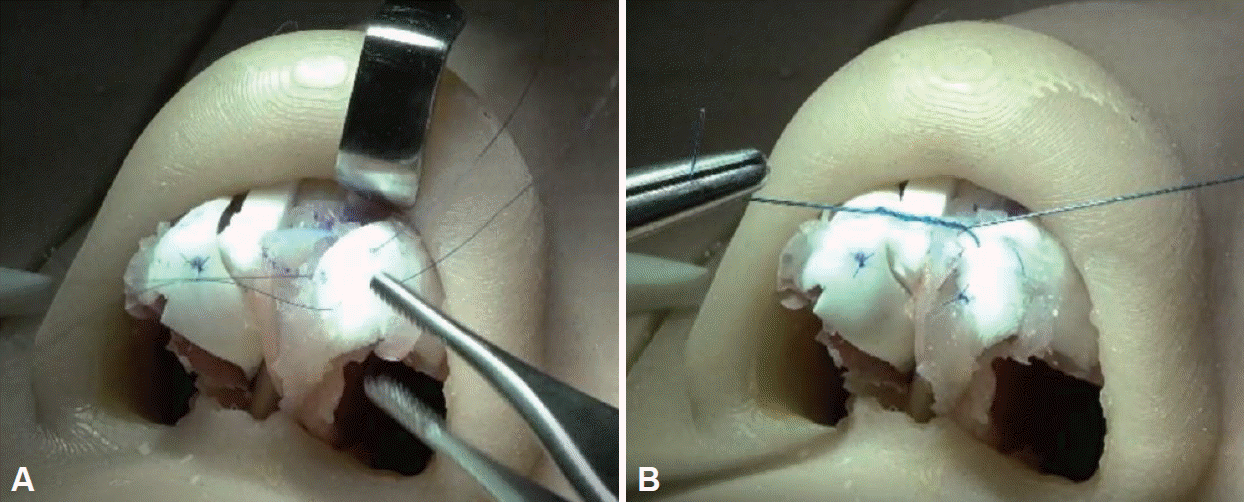
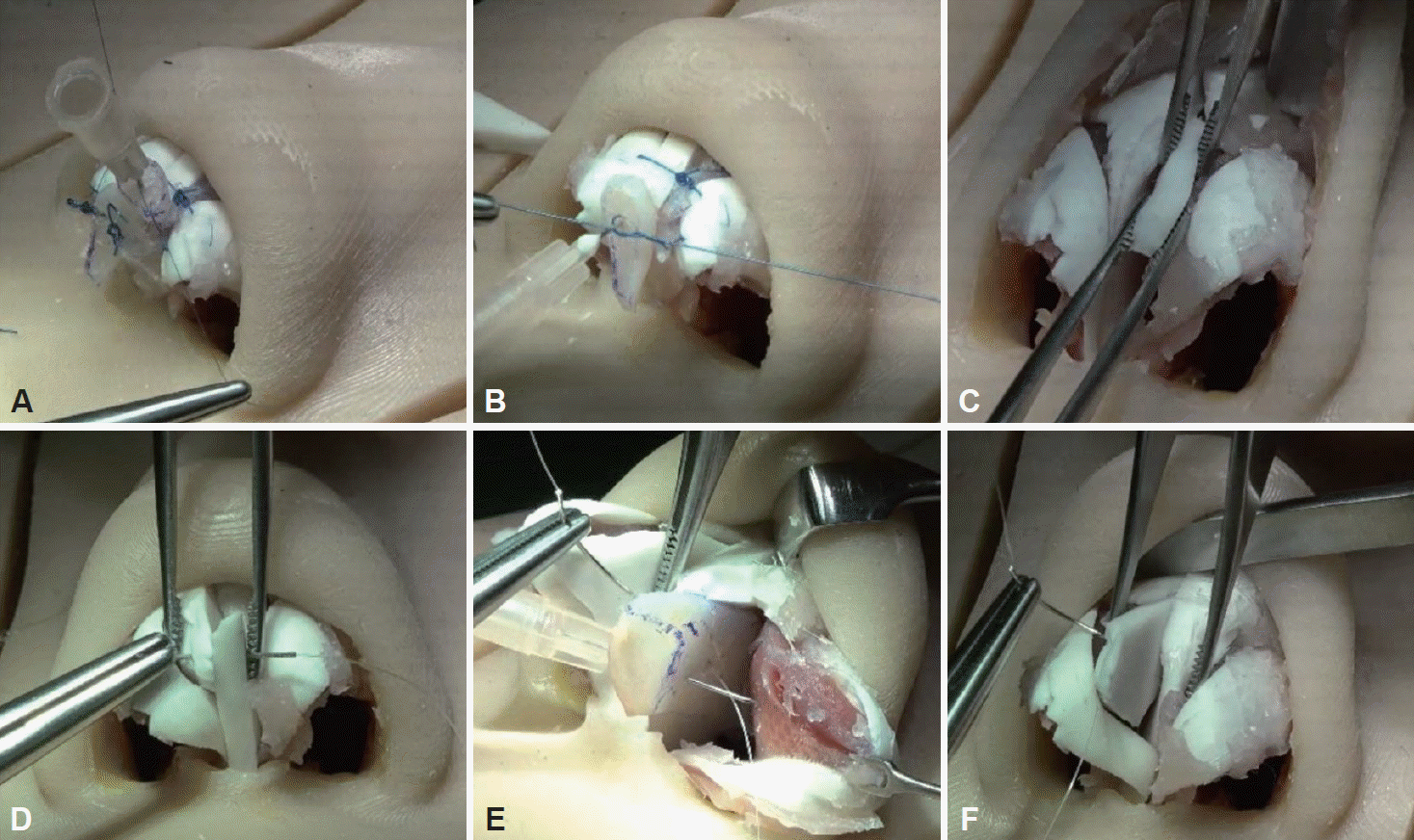
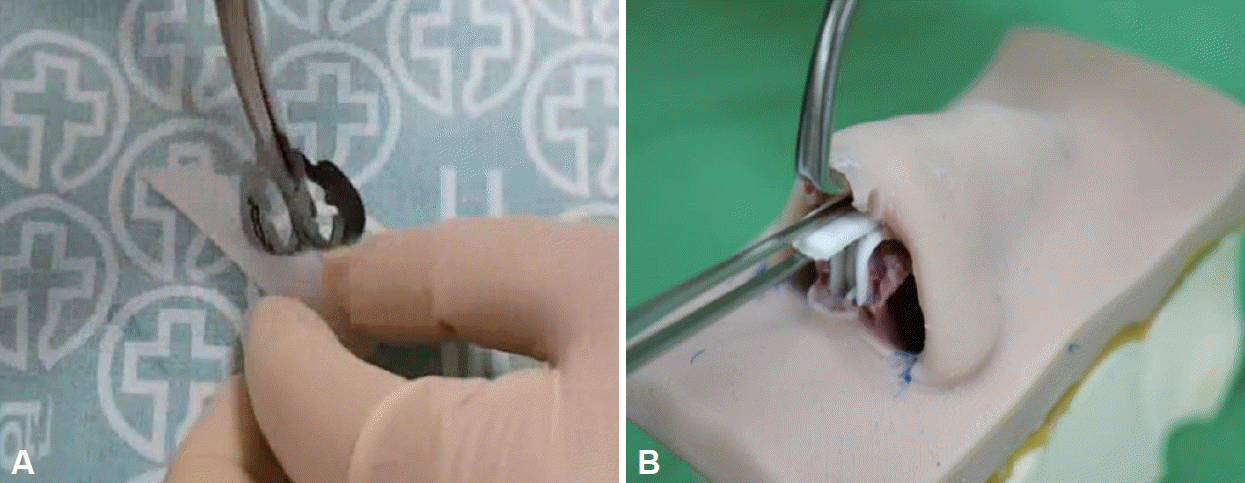
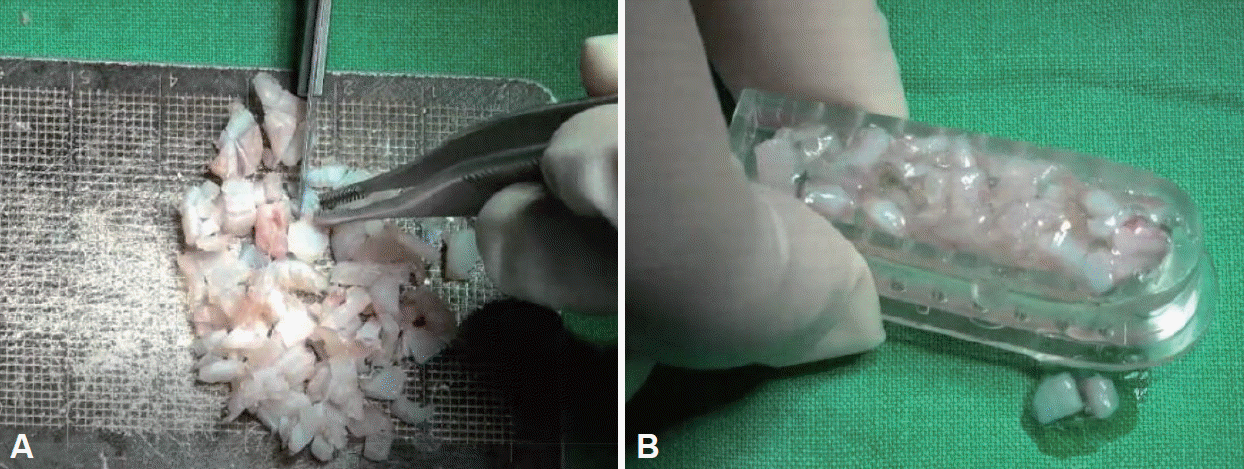
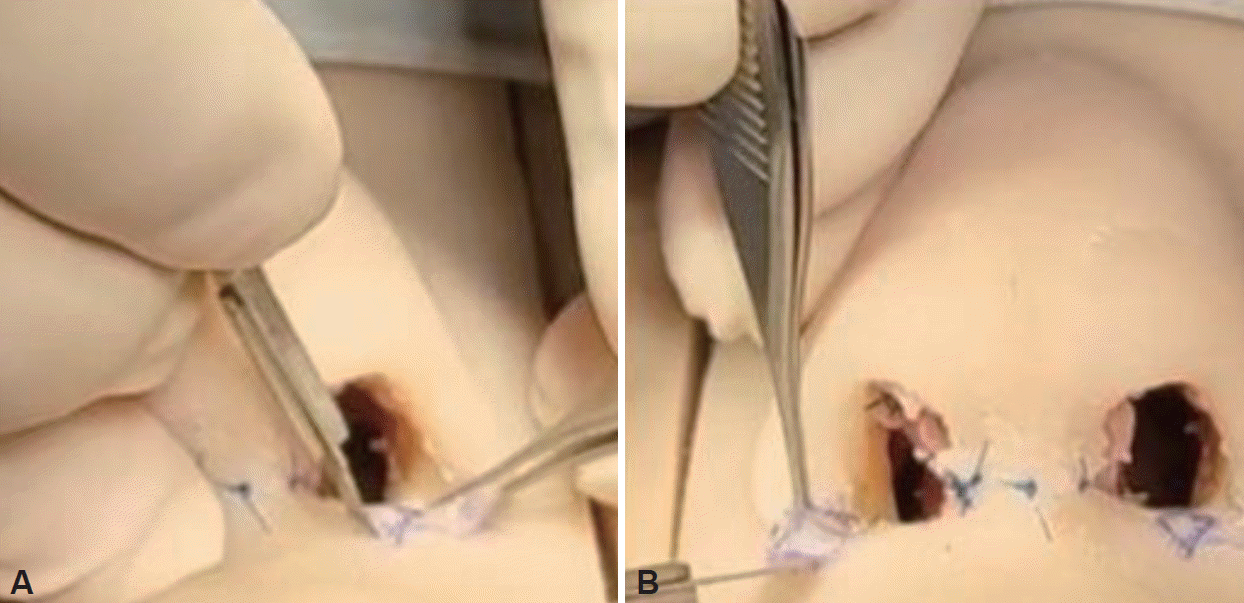
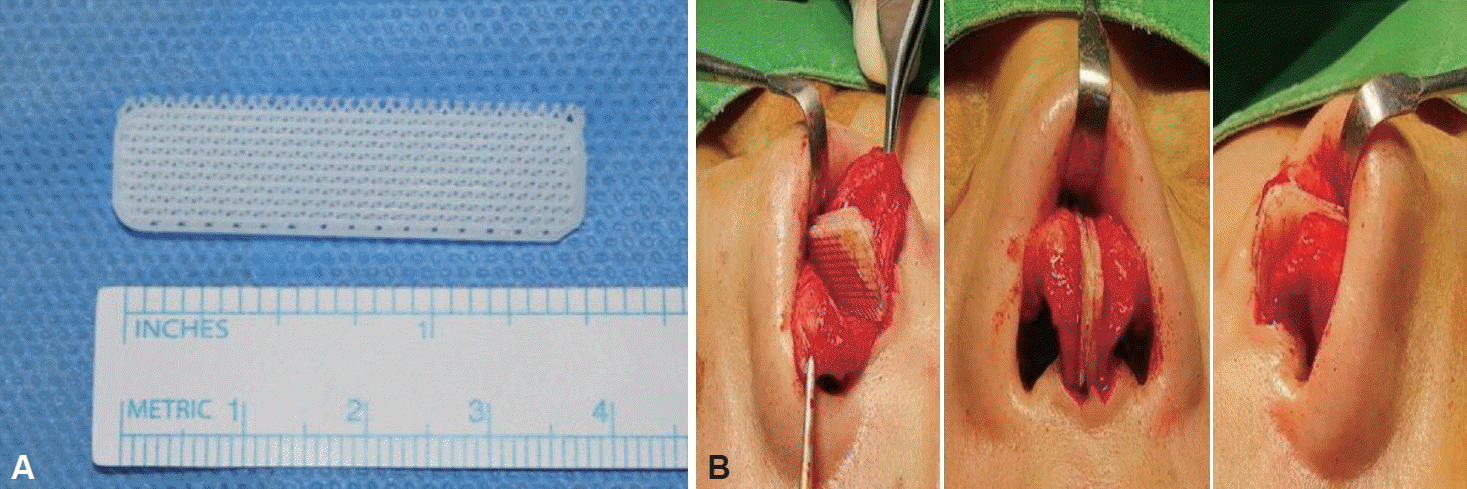




 PDF
PDF Citation
Citation Print
Print



 XML Download
XML Download